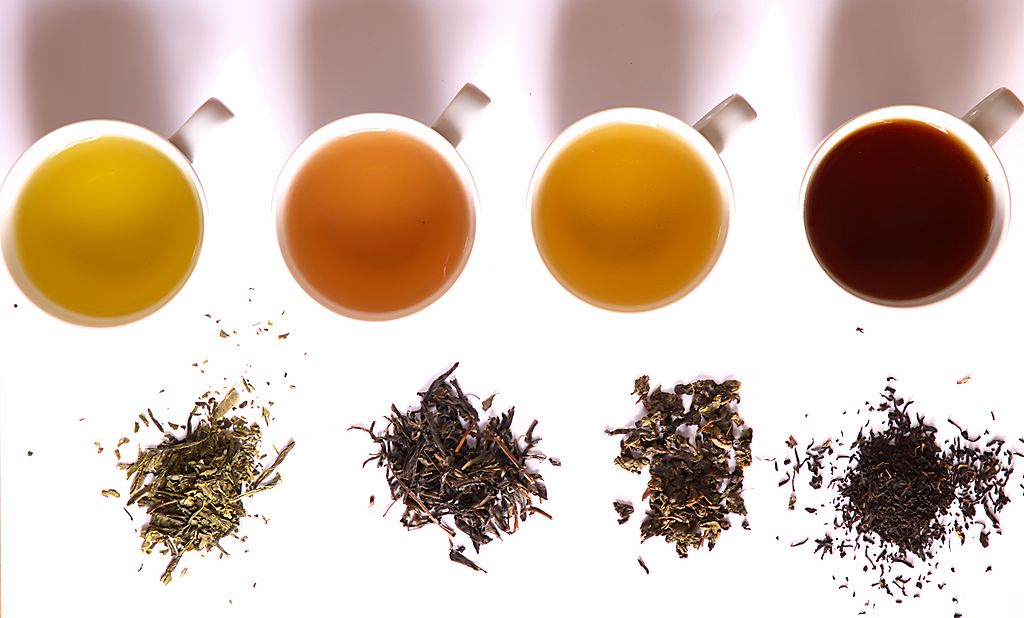Ceylon Tea
One of the best-tasting tea varieties in the world!
Renowned for its distinct aroma and flavour, Ceylon tea is regarded as one of the premium varieties of tea one could find. But how did it become what we know of? and from where exactly does it come from? Read on to know the answers.
A little bit of history
Tea was initially planted in Sri Lanka in the year of 1824 by the British to replace coffee. It was just a test run and little that they knew about how it would turn out and will become an industry in itself!
With the perfect weather conditions and fertile soil, the initially planted batch tea plants started growing exponentially giving high yields and voila! The Ceylon tea industry was born!
Tea is big business today!
The hill country of Sri Lanka has tea plants covering over an area of 1900 square kilometres and they account for 15% of the country’s GDP. With the increasing demand for Ceylon tea in the global market, the industry is thriving as we speak!
It’s a difficult process
The journey that a tea leaf takes from the plant to you moring cup, is pretty long, longer that one may expect. The tea making process is strenuous and time-consuming and hundreds of labour hours are required just to produce one teabag. This is one of the reasons why Ceylon tea is so expensive. You could see how tea is made in Sri Lanka by visiting any of the many tea factories that are scattered in the central highlands. You could also take advantage of Nuwara Eliya hotel deals which comes with a tour of a tea factory which is offered at establishments such as the Heritance Tea Factory.
Types of Ceylon tea
Sri Lanka produces tea varieties such as black white and green teas. The most expensive variety is called the silvertip along with these, tea factories here also specializes in producing a variety of flavoured teas.
Related posts
Archives
Categories
- Appetizers (54)
- Arab (50)
- Bars (61)
- Burmese (6)
- Café (46)
- Casual Dining (83)
- Chinese (37)
- Coffee House (43)
- Desserts (73)
- Destination Dining (448)
- Diner (64)
- Family Restaurants (123)
- Fast Food (111)
- Fine Dining (571)
- Food Facts (283)
- Healthy Food (164)
- Hong Kong (10)
- Indonesian (15)
- Italian (4)
- Japanese (18)
- Main Dishes (100)
- Maldivian (87)
- Miscellaneous (10)
- Miscellaneous Topics (402)
- Palate (81)
- Recipes (143)
- Restaurants (262)
- Sea Food (145)
- Singaporean (39)
- Sri Lankan (71)
- Steaks & Grill (98)
- Street Food Stalls (185)
- Thai (99)
- Types of Cuisines (179)
- Vegan (72)
- Vegetarian (18)
- Vegeterian (48)
- Vietnamese (22)
- Western (12)

